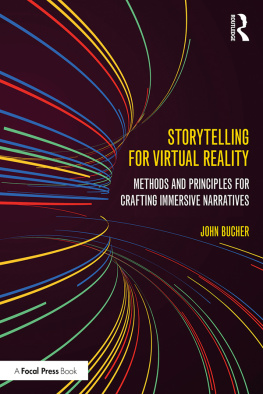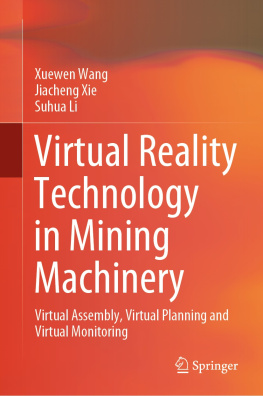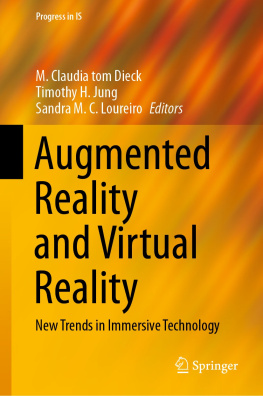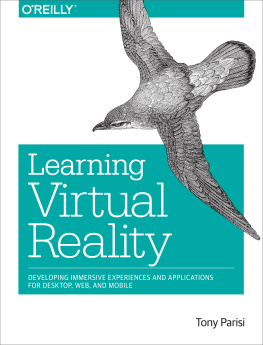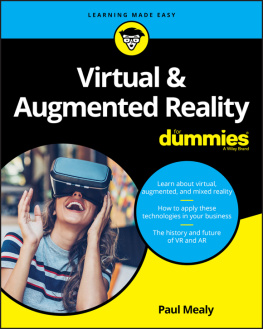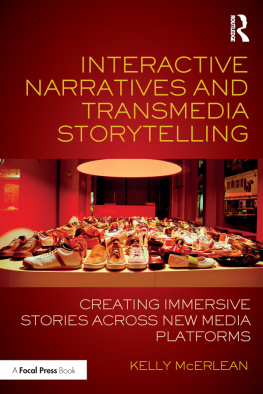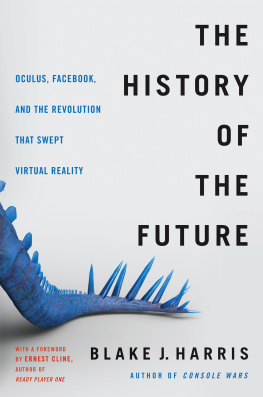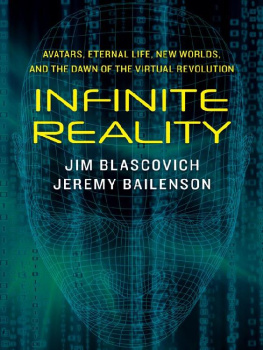Storytelling for Virtual Reality
Storytelling for Virtual Reality serves as a bridge between students of new media and professionals working in the emerging world of VR technology and the art form of classical storytelling. Rather than examining purely the technical, the text focuses on the narrative and how stories can best be structured, created, and then told in virtual immersive spaces. Author John Bucher examines the timeless principles of storytelling and how they are being applied, transformed, and transcended in Virtual Reality. Interviews, conversations, and case studies with both pioneers and innovators in VR storytelling are featured, including industry leaders at LucasFilm, 20th Century Fox, Oculus, Insomniac Games, and Google.
John Bucher is an award-winning writer and narrative consultant based out of Los Angeles, California. He is a regular contributor to VirtualRealityPop.com, LA-Screenwriter.com, HBO.com, and MovieMaker Magazine. He cohosts The Inside Out Story Podcast and The Westworld Watch Podcast and currently teaches at the LA Film Studies Center, where he leads courses in Virtual Reality storytelling and filmmaking. A popular speaker, John has given talks on five continents regarding story, technology, and art. He is completing a Ph.D. in mythology and depth psychology and is the author of books including Master of the Cinematic Universe: The Secret Code to Writing in the New World of Media, Storytelling by the Numbers, and The Inside Out Story. He can be found online at his site, tellingabetterstory.com, and on social media @johnkbucher.
For more information about story, Virtual Reality, this book, and its author, go to StorytellingforVR.com.
Storytelling for Virtual Reality
Methods and Principles for Crafting Immersive Narratives
John Bucher

First published 2018
by Routledge
711 Third Avenue, New York, NY 10017
and by Routledge
2 Park Square, Milton Park, Abingdon, Oxon OX14 4RN
Routledge is an imprint of the Taylor & Francis Group, an informa business
2018 Taylor & Francis
The right of John Bucher to be identified as the author of this work has been asserted by him in accordance with sections 77 and 78 of the Copyright, Designs and Patents Act 1988.
All rights reserved. No part of this book may be reprinted or reproduced or utilised in any form or by any electronic, mechanical, or other means, now known or hereafter invented, including photocopying and recording, or in any information storage or retrieval system, without permission in writing from the publishers.
Trademark notice: Product or corporate names may be trademarks or registered trademarks, and are used only for identification and explanation without intent to infringe.
Library of Congress Cataloging-in-Publication Data
Names: Bucher, John K., author.
Title: Storytelling for virtual reality : methods and principles for crafting
immersive narratives / John Bucher.
Description: New York and London : Routledge, Taylor & Francis Group,
2018. | Includes bibliographical references and index. | Identifiers: LCCN
2017005830 (print) | LCCN 2017022849 (ebook) | ISBN 9781315210308
(E-book) | ISBN 9781138629653 (hardback) | ISBN 9781138629660 (pbk.)
Subjects: LCSH: Mass mediaAuthorship. | Virtual reality. |
Narration (Rhetoric)
Classification: LCC P96.A86 (ebook) | LCC P96.A86 B835 2018 (print) |
DDC 808.06/6302dc23
LC record available at https://lccn.loc.gov/2017005830
ISBN: 978-1-138-62965-3 (hbk)
ISBN: 978-1-138-62966-0 (pbk)
ISBN: 978-1-315-21030-8 (ebk)
Typeset in Warnock Pro
by Apex CoVantage, LLC
Visit the companion website: StorytellingforVR.com
Contents
Ted Schilowitz
Guide
My editors and the staff at Routledge, Emily McCloskey, Simon Jacobs, and John Makowski for all their help and guidance and for believing in this project. Thanks also to Jack Stenner at University of Florida, Michael Smith at Pepperdine University, and Eric R. Williams at Ohio University for deep insights about the organization, structure, and content of this book.
The LA Film Studies Center and extended alums and friendsJeremy Casper, Chris Krebsbach, Rebecca Ver Straten-McSparran, Paul Yoder, Nathan White, Alex Swickard, Kris Young, and Sarah Duff.
My friends at The Alliance for giving me my first opportunity to tell storiesPeter Burgo, Bob and Joan Sanford, Miles Reese, Rob McCleland, and Heather Arment helped me greatly. Thanks to John Stumbo, Jordan Christopher, Pam Fogel, and Deb Gregory as well.
My familyKatie, John K. Bucher, Cathie Bucher, Josh Bucher, Matt Bucher, Jordan Bucher, Henry Bucher, Arlo Bucher, Tony Reyes, Luanne Reyes, Aaron Reyes, Alicia Reyes, Caleb Reyes.
Dr. Kim Walker, Dave Anderson, Jim and Ashley Krueger, and all my friends at Pacifica.
Special thanks to those who gave of their time to participate in the book
Chris Milk, Tye Sheridan, Nikola Todorovic, Chris Edwards, Ted Schilowitz, Angela Haddad, Rob Bredow at LucasFilm, Noah Nelson and the No Proscenium Podcast, Annie Lesser, Keight Leighn, Mark Cordell Holmes, Larry Rosenthal, Liz Markman, Jonathan Krusell and Brian Rose at Google, Paul Debevec, Jessica Brillhart, Jess Shamash and Pete Billington at Oculus, Paul Meyhoefer and Kevin Cruz at JK Imaging Ltd., Sarah Hill at StoryUp, Heather Brenners, Matt Celia, Robert Watts, Steve Peters, Adam Orr, Brian Allgeier, Dr. Carolina Cruz-Neira, Doug Liman, Melissa Wallack, Matt Thompson, Robyn Tong Gray, Tai Crosby at SilVR Thread, and the entire crew at Jaunt VR.
I am a child of the theme-park world. I grew up in central Florida right around the time Disney World opened. I remember going on the Haunted Mansion ride, and though I couldnt have articulated it at the time, I recognized that when you move people through space while telling them a story, it creates the feeling of traveling on a journey and gives the experience meaning. I was lucky enough to find ways later in life to apply my love of spatial storytelling to the world of technology. Ive always innately lived in that world, but this storys not about me, its about how the recent rise of immersive media will affect our future.
We can reflect on every medium that has been created to tell stories and see that people eventually settle on certain elements that they like, and those elements then become the mainstream definition of what that medium is. Novels, movies, video games, plays, and television shows all have mainstream definitions based on the elements of those mediums that have been successful and lasted. As a medium continues to grow and explore new territory, you have departures and divergent paths off the original idea and methods of that medium. The cinematic language of VR is still developing. But it will only move forward and become more advanced through experimentation and by increasing the volume of stories being told in its space.
Many people have referred to VR as a new medium, or at least a new way to tell stories. I would be a contrarian to that idea. I would say that there is nothing fundamentally new about Virtual Reality. Its a new way to experience what I refer to as spatially oriented entertainmentmuch like that Haunted Mansion ride I rode as a kid. The world of theme parks has been doing this for number of generations now. The world of theater has been doing it even longer. We have plenty to learn from these disciplines and plenty others.

